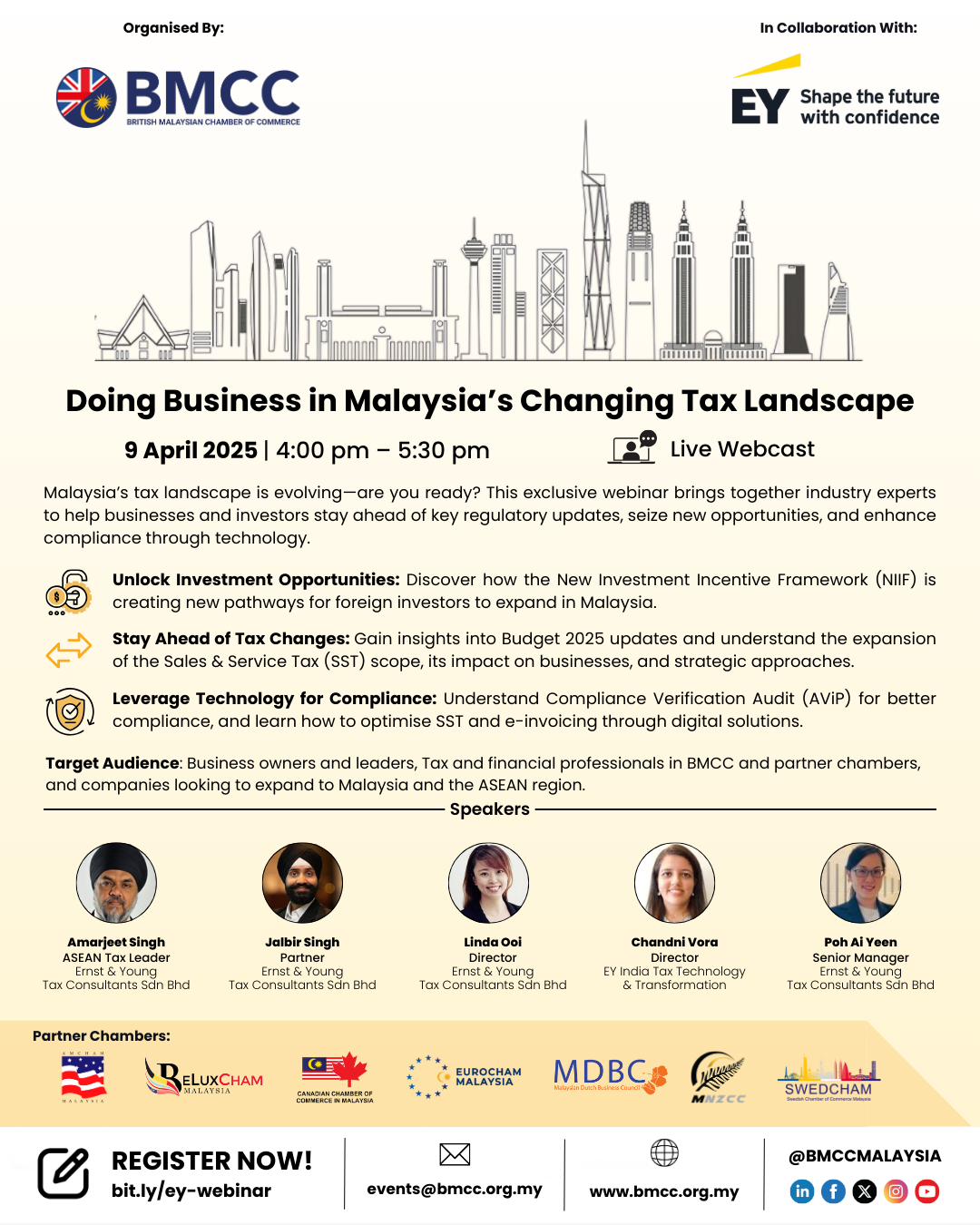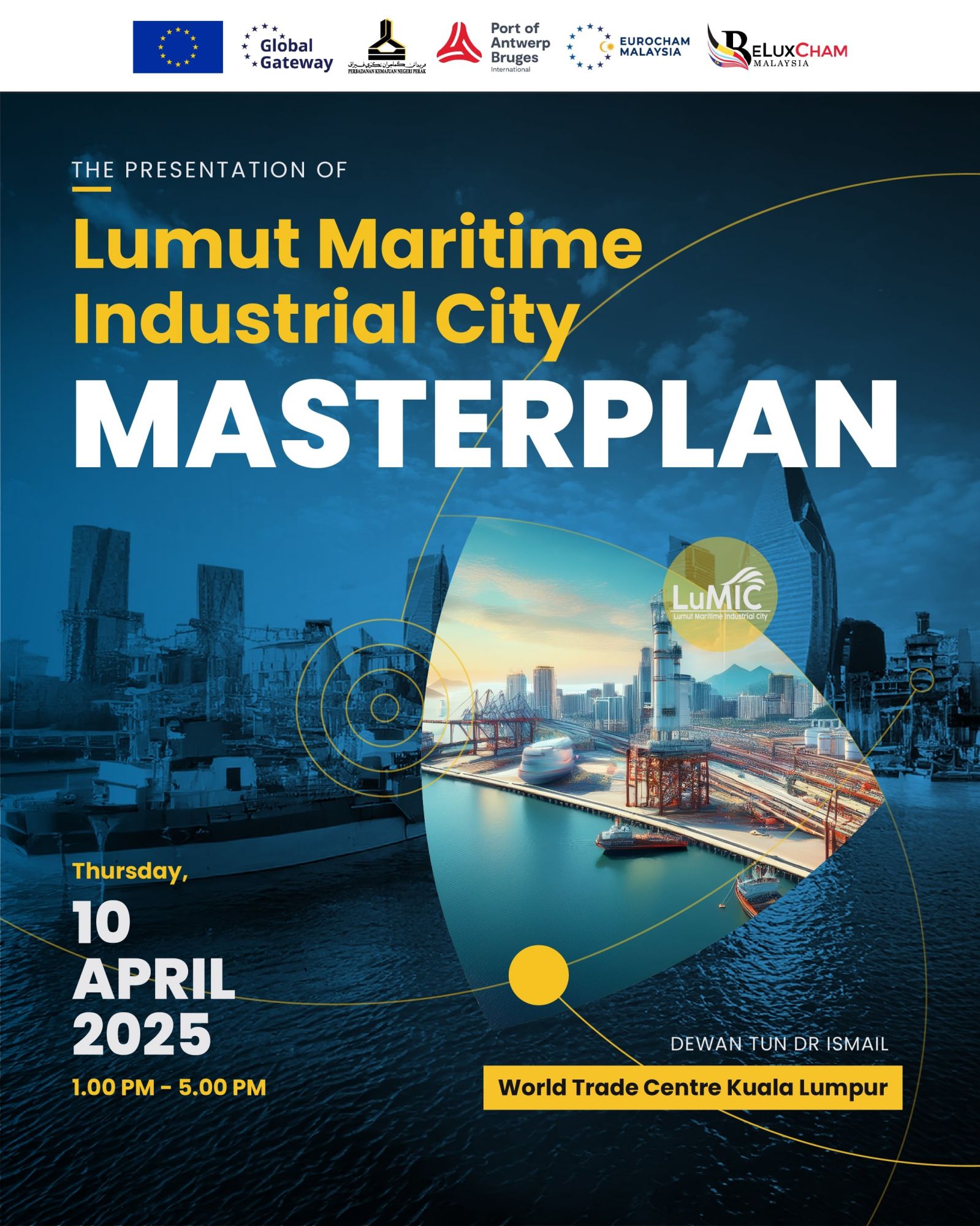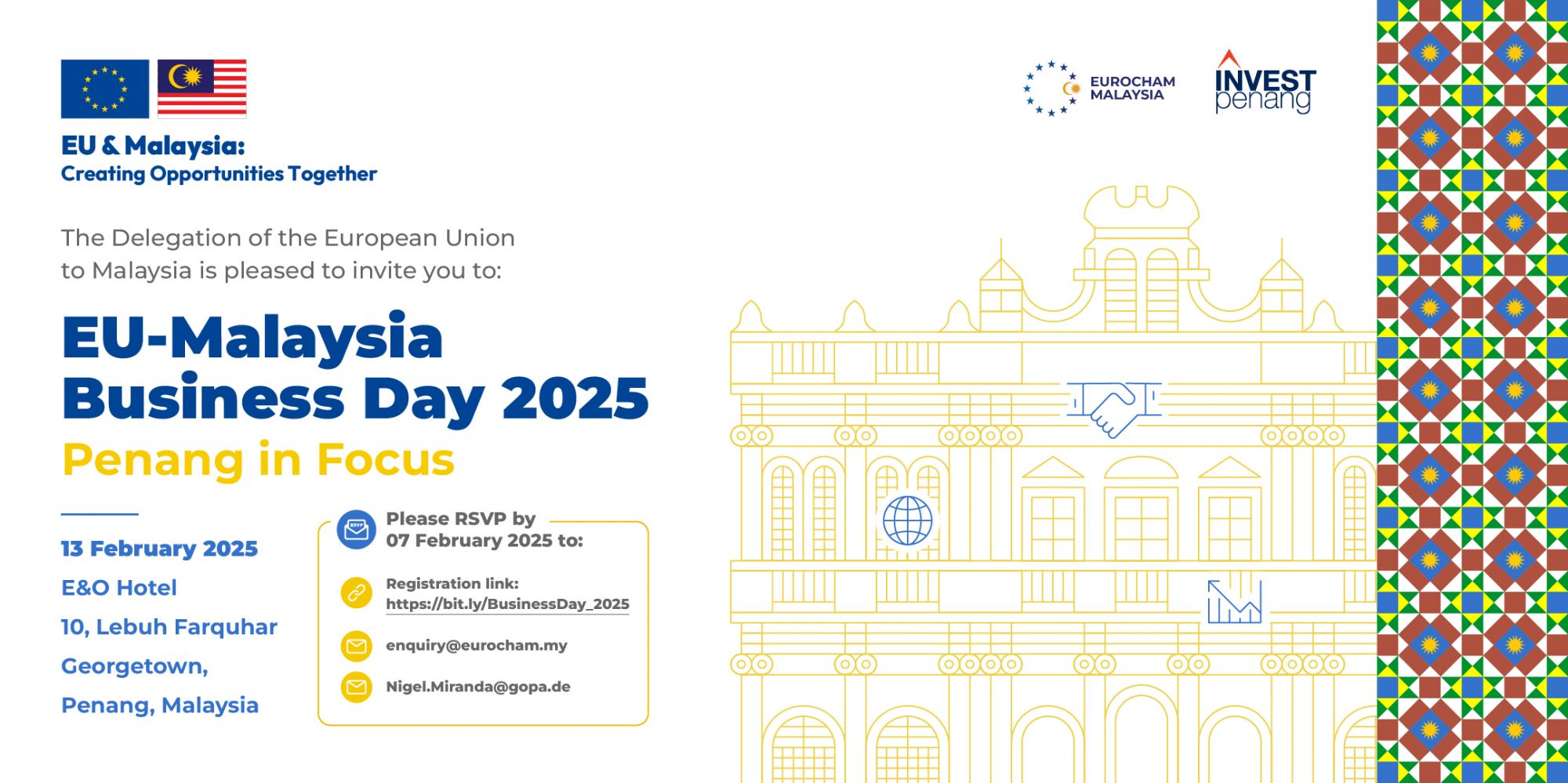Today, the European Commission has put forward a Communication on the European Growth Model. It recalls the common objectives the EU and its Member States have committed to with respect to the green and digital transition and to strengthening social and economic resilience. It acknowledges that the European economy is undergoing unprecedented transformations in the context of major uncertainties linked to the global and security outlook. The Communication confirms that those developments underscore the need to work closely with our international partners and to reinforce our long-term sustainable growth agenda.
The Communication aims to provide input to the discussions on the European economic growth model, which will take place at next week's informal European Council meeting of heads of state or government. The Communication sets out the key investments and reforms that are required to achieve our common objectives and underlines the importance of coordinated action by all relevant actors, including the EU, Member States and the private sector.
Investments and reforms at the basis of the European Growth Model
There is a broad consensus on the priorities for the European economic growth model. This includes the green and digital transitions, the need to enhance the Union's economic and social resilience, as well as our preparedness to shocks. The transformation of our economy is necessary to safeguard the prosperity and well-being of the citizens of the Union, especially in the current context of geopolitical instability and rising global challenges. Those developments highlight the need to double down on our reform agenda and to reinforce the cooperation with our international partners on common challenges, in order to promote peace and stability. The Single Market, the Union's main source of resilience and most valuable economic asset, will be instrumental in achieving those goals.
This transformation of Europe's economy relies on two equally important pillars: investments and reforms. Investments are key for sustained and sustainable growth, and a prerequisite for an accelerated green and digital transition. However, they need to be accompanied by reforms to ensure that all EU rules are aligned with the EU's key objectives, creating the right social and economic context and incentives for households and businesses to fully contribute to them.
Towards a green, digital, and resilient economy
The green transition is an opportunity to put Europe on a new path of a sustainable and inclusive growth. In addition to tackling climate change, it will help reduce energy bills and dependence on fossil fuel imports, thus improving energy and resource security of the Union. To deliver on the European Green Deal, the EU needs to increase the annual investments by around €520 billion per year in the coming decade, compared to the previous one. From those additional investments, €390 billion per year would correspond to the decarbonisation of the economy, particularly in the energy sector, and €130 billion per year correspond to the other environmental objectives. For the green transition to succeed, it must put people first and care for those who will be most affected. To this end, the Commission has put fairness at the heart of its policies under the European Green Deal, including the ‘Fit for 55' package.
The coronavirus pandemic has accelerated the digital transformation of our societies and highlighted the importance of digital technologies for Europe's future economic growth. The Digital Compass proposed by the Commission sets out the Union's digital targets for 2030. To achieve these ambitions, the EU needs to step up investments in key digital technologies, including cyber security, cloud computing, artificial intelligence, data spaces, blockchain and quantum computing, and semiconductors, as well as in the relevant skills. To foster the digital transition, a 2020 estimate shows that additional investment of around €125 billion are needed per year. A fair digital transformation has the potential to increase the innovation and productivity of the EU economy, offering new opportunities for people and businesses. The digital transition will also contribute to the green objectives, with synergies in many areas of a smart circular economy.
At the same time, the Union needs to address risks and uncertainties, especially in the context of the current geopolitical instability. While most companies and supply chain showed a high degree of resilience and adaptability during the pandemic, the crisis and the subsequent recovery have revealed a number of vulnerabilities in certain areas. These include, logistics and supply chain bottlenecks, labour and skills shortages, cyber threats and security of supply concerns linked to key sectors of the economy, such as is currently the case in the energy sector. To further enhance Europe's technological edge and support its industrial base, the EU will also have to increase investment in European defence and space industries, and to continue to strengthen our risk management and emergency response capabilities to future shocks or pandemics.
Mobilising coordinated action at all levels
As set out in the Communication, in order for the investments and reforms to fully contribute to the EU priority objectives, it is important to ensure coordinated action by all relevant actors: public authorities at European, national and regional level, as well as the private sector. In this way, the actions will become mutually reinforcing, preventing divergence across Member States and strengthening the Single Market.
The investments needed in order to complete the twin transitions and to enhance resilience will need to come primarily from the private sector. The EU and national authorities should ensure a favourable business environment that attracts investment. This can be achieved by strengthening the Single Market, completing the Banking Union, and making swift progress on the Capital Markets Union. Other cross-cutting policies, such as taxation, trade, and competition policy, should also continue to support the Union's favourable business environment and help attract investments to successfully implement the EU's political priorities.
While private funds will account for the major share of investments, public intervention may be needed, for instance by de-risking innovative projects or overcoming market failures. Public support at national and EU level should be well targeted and aimed at crowding in private investments. EU investments have also an important signalling effect. The EU budget and the recovery instrument NextGenerationEU, with a joint amount of over €2 trillion, are a substantial firepower in support of long-term growth. Through the discussions on the national Plans, the Recovery and Resilience Facility (RRF) has been instrumental in aligning the EU and national priorities for reforms and investment around a set of common goals. In particular, the RRF Regulation requires each Member State to dedicate at least 37% of its recovery and resilience plan total allocation to climate objectives and 20% to digitalisation objectives. But such investments and reforms, at national and EU level, will need to be sustained over time in order to achieve our goals.
Public investment and reforms can contribute positively to debt sustainability, to the extent that they are of high quality and support growth. Successful debt reduction strategies should focus on fiscal consolidation, the quality and composition of public finances and promoting growth. The ongoing review of the European economic governance framework provides an opportunity to improve the effectiveness of the EU's fiscal rules and to ensure that they play an appropriate role in incentivising the Member States' investment and reform policies, in line with our common priorities, while safeguarding sound public finances. In this context, it will be important to ensure coherence between fiscal surveillance and economic policy coordination and to align investment and reform policies in the Member States as well as national and EU objectives.
Ensuring a fair and inclusive economic transformation
The transformation of the European economy will only succeed if it is fair and inclusive, and if every citizen can reap the benefits offered by the twin green and digital transitions. The welfare effects of digitalisation and decarbonisation are likely to be unequally distributed in the absence of accompanying measures. Labour reallocation within and between sectors will require reforms and large-scale investment in reskilling and upskilling. A strong policy response at all levels will be needed to effectively address the social and cohesion challenges ahead of us.
Therefore, Europe's growth model needs a strong social dimension that focuses on jobs and skills for the future and paves the way for a fair and inclusive transition. At EU level, the European Pillar of Social Rights and the associated Action Plan provide a coherent framework for action. The EU budget and NextGenerationEU will continue providing support to reduce regional and social disparities, in particular through cohesion policy, the Just Transition Mechanism, the Recovery and Resilience Facility and, in the future, from the proposed Social Climate Fund.
Reaching our common goals requires a long-term vision and a coordinated approach. The ambitious green, digital and resilience targets we have set can only be achieved by a sustained effort involving all actors at European, Member States and private level, with the joint aim of building a fair and inclusive future for all Europeans.
Read more here: https://ec.europa.eu/commission/presscorner/detail/en/ip_22_1467
#EUCommission #green #digital #resilient #economy #European #Growth #Model #NextGenerationEU #EUMYstrongertogether #eurochammy









